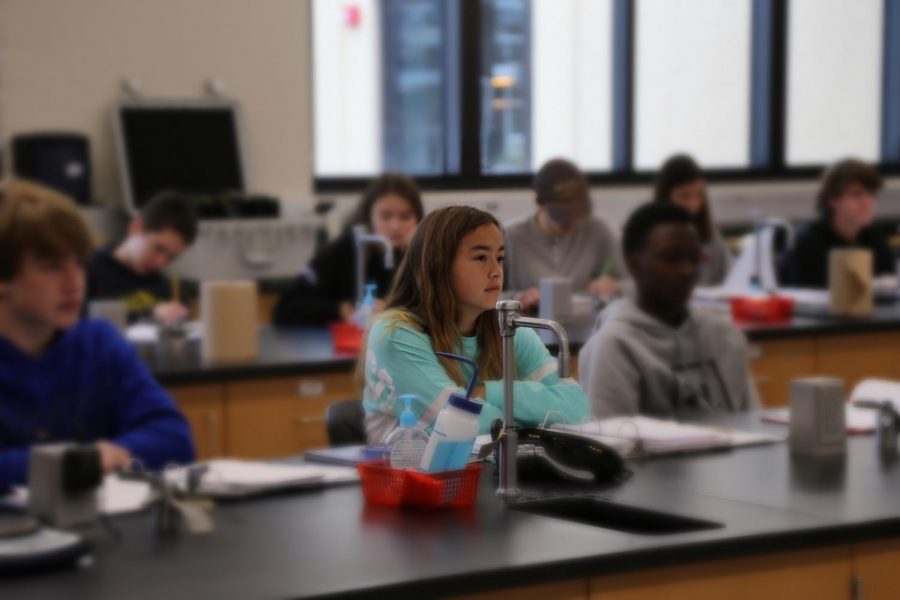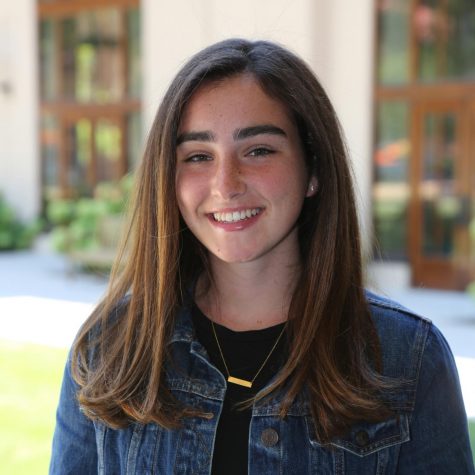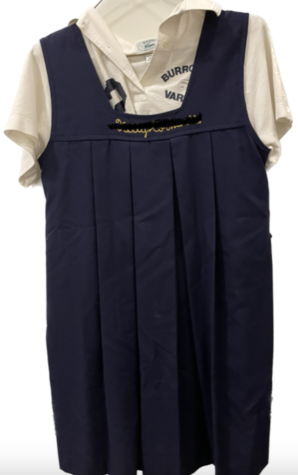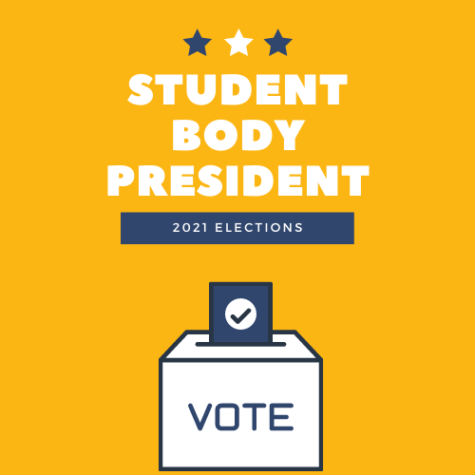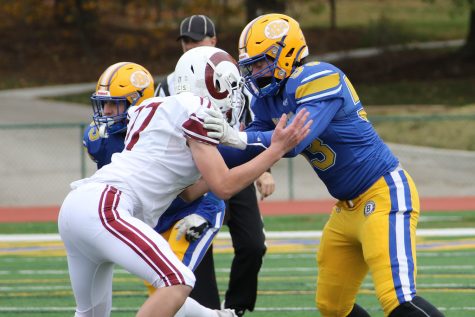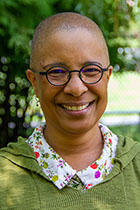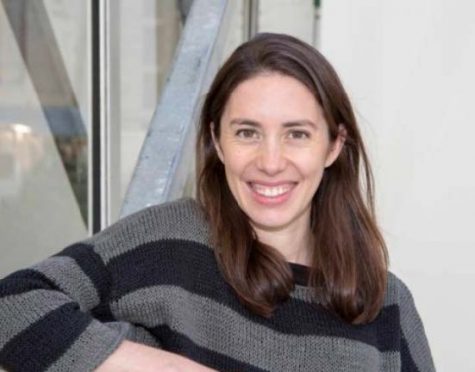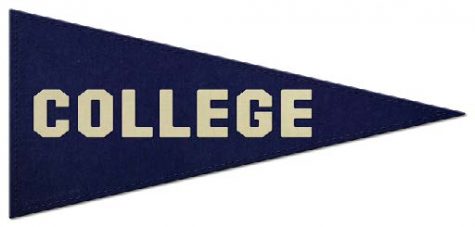Girls Excel in STEM at Burroughs
December 20, 2018
According to the U.S. Department of Commerce website, “while women fill 47% of all U.S. jobs, only 24% of them are STEM jobs. Likewise, women constitute slightly more than half of college-educated workers but makeup only 25% of college-educated STEM workers.” According to JBS Science teacher Martha Keeley, “Females and people of color are underrepresented in the STEM fields and the U.S. Studies have shown that students in these underrepresented groups are more interested in STEM when they understand that science, technology, engineering, and math are being used to make people’s lives better.”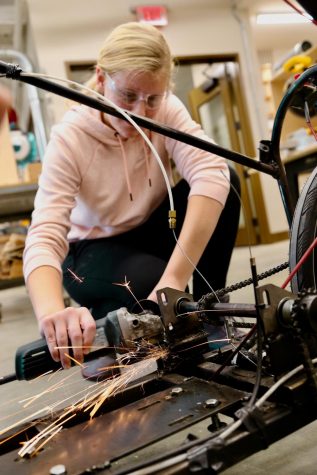
Bucking this national trend, Burroughs seems to have overcome this disparity, and girls have risen to not only fill and represent many of the STEM clubs, but have also filled many of the leadership roles as well. According to Keeley, “Over half of this year’s Science Olympiad team is female. Burroughs’ top scorers in the Excellence in Mathematics competition, PhysicsBowl, and American Chemical Society annual competition always include many female students. Of the students I’m aware of who sought and secured research internships with local university professors over the past two summers, the majority are female. Female enrollment in Computer Science electives has increased even faster than the overall number of students taking these courses.”
While this trend at Burroughs is encouraging, some girls feel as if their opinions in the STEM clubs can be discounted by boys even though their experiences are strong. Ria Mirchandani (’22) explained, “I find the JBS STEM clubs and activities stimulating and challenging. I have observed, however, in some instances that the input of girls is discounted by some boys. This saddens me and makes me even more determined to make a place for myself in a role where women are underrepresented.”
JBS Industrial Technology & Engineering Teacher Dan Barton has been at the forefront of getting JBS girls involved with the STEM fields. When Barton joined the JBS faculty in 1982, girls were not part of the required Industrial Education (IT) classes taught to 7th and 8th graders. “Boys took IT and girls took Home Economics,” Barton said. “Burroughs was ready to start girls and boys taking both and I was excited to help with this new concept.” He saw this as not only exciting, but an important part of offering all students access to the STEM fields.
Barton has found his niche in STEM at Burroughs, as he is involved with IT, the Robotics Club, robotics interfacing, project technology, digital audio technology, and computer video editing. In 2015 Barton was named one of the 10 Missouri STEM innovators. His encouragement of girls in STEM has pinnacled this year with the award-winning and nationally recognized Super Mileage Vehicle Club (SMVC); three of the four leaders are girls and the two co-presidents are girls. “When I started SMVC,” said Barton, “I only had maybe three girls in a club of twenty. Today we have more than 40 students involved with the club, and over half are girls.”
Chloe Sowers (’19), co-president of SMVC along with Hallie Williams (’20) are excited to take the helm of the club this year. According to Sowers, “this is the first time in history that two girls have led SMVC and we’re both super excited to have expanded the club to include so many more students.”
Like Mirchandani, Sowers recognizes that females are not always represented in STEM fields. “Being female in engineering will probably make me a minority in the job force,” she says, “so I expect that some men may not accept everything that I have to say [or] respect my contributions.”
Luckily for JBS girls, the lack of STEM opportunities is not an issue. Alex Duncan (’19) saw a need and founded her own STEM club, the BioMedical Sciences Club. “For me everyone around me kept telling me that I needed to get more involved in clubs but there [were] limited options [for pursuing] my interests, so I started my own,” said Duncan. Within this field, she knows that “there are currently more women in medical schools than men, but the issue arises in leadership where most hospitals are run by men, and most division chiefs and department chairs are men. I think that women are gaining more respect in the workplace but there is still a lot of work to be done” Duncan concluded.
Keeley has a theory as to Burroughs’ success: “To take this out of binary terms altogether, it’s safe to say that gender does not appear to be a barrier to participation and achievement in STEM at Burroughs. In terms of helping female students to see themselves represented in these areas of study, it’s helpful that at Burroughs many of the math, computer science, and science teachers are female.” She went on to say, “I think it’s important that all students regardless of gender remain open to exploring a lot of different paths, including STEM. I hope everyone will remember that if you’re at Burroughs, then you’re getting a very strong foundation in these areas and chances are good that you can be successful in a STEM field if that’s what you want. It’s just about putting in the work.”
According to the We Are Teachers website, some of the best ways to get girls involved with STEM are to emphasize the creative parts of engineering and to connect with women who are working in actual STEM careers right now. JBS has answered that call with weekly welding training at SMVC and The STEM speaker series.
The speaker series was started last year to highlight interesting groundbreaking STEM work going on in St. Louis, in and outside of the JBS community. Keeley, who manages the series, said, “My goal with the speaker series is to bring people in who are making progress in solving some of the big problems that are facing the world. JBS students are very capable and they can pursue so many possible interests in the future; I want to make sure that they experience lots of examples of people doing interesting STEM work that makes a positive impact. It’s important that some of our speakers are female and some are people of color. As the younger students watch the presenters and the students who introduce them, I want them to see themselves represented. All of our students can have the option of a meaningful career in STEM if that’s what they want to do.”
SMVC Success: Seniors to Seventh Graders by Max Wood, Joe Baur, and Adithya Suresh
The John Burroughs Super Mileage Vehicle Club (SMVC) has built two working cars, made fuel from the JBS lunchroom kitchen grease, and reached over 500 miles per gallon, but they did not stop there. The SMVC club developed and implemented a new program for middle schoolers during the 2017-2018 school year, and this year the program has continued to grow.
The high school SMVC club has created two fuel-efficient cars already, and have just this year begun working on another car called an “Urban Concept car.” High schoolers involved in the SMVC club, led by Edrick Joe (’19), Chloe Sowers (’19), and Hallie Williams (’20), have been working throughout the fall to find ways to improve mileage on existing cars by cutting weight, reducing friction, and researching different parts. Joe started the movement to design the more complicated Urban Concept Car and hopes that the car can be completed in two to three years. Simultaneously, the club encompasses other important aspects of automobile engineering such as marketing, fuel, environmental issues, media, and more. While high schoolers in the club are busy working on their own tasks, they have also taken on a mentoring program with help from faculty sponsors Dan Barton, Eric Knispel, and Kerri Rowe.
This mentoring program invites middle schoolers to get into the IT shop to learn skills such as welding, grinding, safety with tools, and overall knowledge of engineering practices. The presidents of this middle school division — Joe Baur (’23), Max Wood (’23), and Adithya Suresh (’23) — are working together with fifteen of their classmates to complete a go-cart by the end of this year. Baur said, “In being a part of the middle school SMVC, I have learned a lot about practical engineering as well as my way around the IT room.” Baur also believes that being given the opportunity to get involved with the club in middle school, an opportunity that was not available until this past year, has inspired him to want to come back and work on the fuel-efficient cars when he is in high school.
This middle school program not only benefits middle schoolers but also the high school club. Williams said that “Eighth graders who were part of the program last year returned this year with a baseline of knowledge that has been very helpful. We have been able to spend more time working on the car this year, compared to the past, because they have already gone through the learning process.” Williams also expressed her excitement about the program and is excited that there has been enough interest to keep the program for its second year.
The middle schoolers have met almost every Sunday since the beginning of October and have described the progress as a series of major successes. Their goal is to have the go-cart hitting the streets — translation: the JBS parking lot — by the end of the year when they plan to celebrate with a barbecue and driving party for everyone who has helped contribute to the car.
